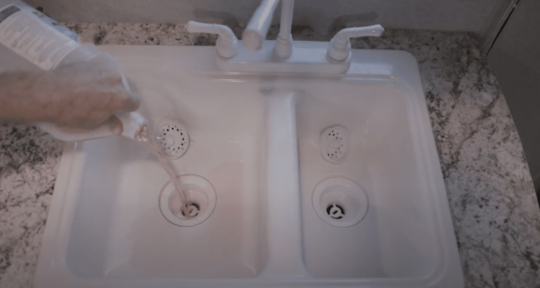It can get lonely out there on the open road. Perhaps you’d rather undertake the journey with your best friend as your wing-person … or, more accurately, wing-animal.
Traveling with pets can be extremely rewarding. They can offer comfort, companionship, and even added safety. That said, it’s not as simple as tossing your dog (or cat) in the car and pulling out of the driveway.
While there are the rare (but rad) people who bring their #AdventureCats on the road, the vast majority of those who travel with pets will be bringing their dogs. So, we’re going to primarily focus on that. That said, many of these tips will also apply to your cat, iguana, or micro pig.
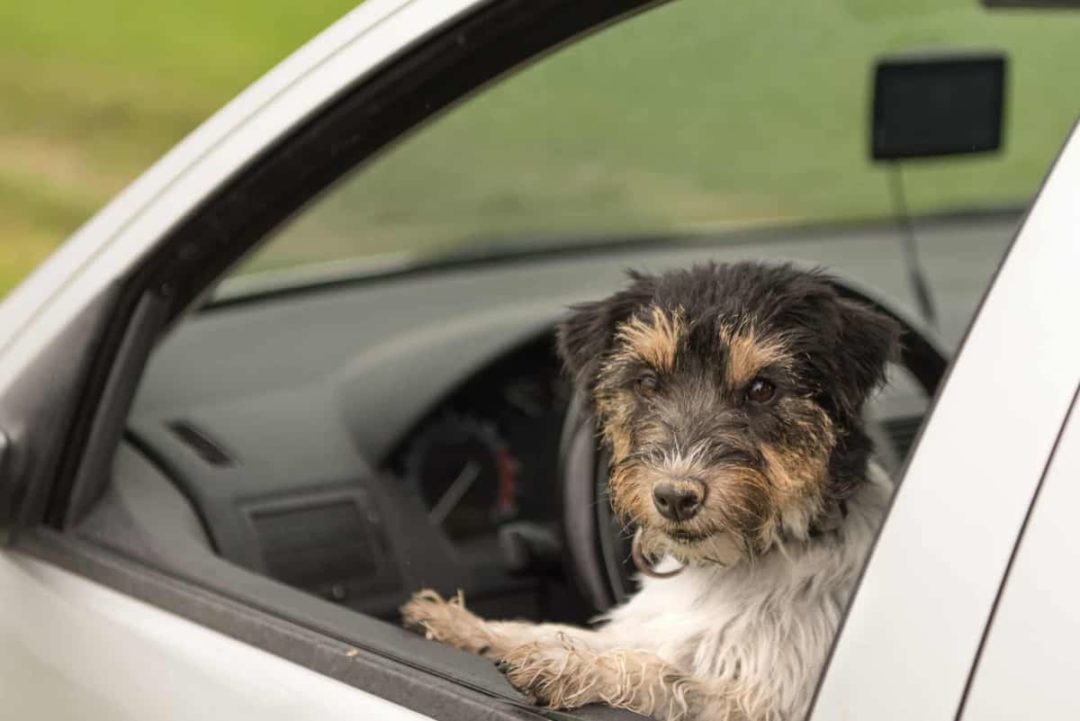
Training Days
Start ‘em young, and start ‘em small. I reached out to my friend Kelly Panton (aka @kellsnbellsadventure) who has been documenting her adventures with her dog Bella for years. I asked her how she got her pooch used to constant travel.
She said that she was living two hours from her parents house when Bella was a puppy. And she and Bella would visit Kelly’s folks constantly.
“I think two hours was a great start for a puppy, because it is the perfect nap time length,” Panton told me. “So, I’d say start them young with short trips that gradually increase in length.
This gets your puppy used to the sights, sounds, and smells of road travel from a young age. Once you’ve established it as a normal, relaxing thing, your dog is very likely to be mellow about hitting the open road.
Kelly says the same goes for leaving pets in the car unattended. This is bound to be inevitable, when you’re out on long trips. We’ll talk about the safety factors there in a second. However, for training your pet to be OK alone in your vehicle, Kelly recommends starting small.
Run into the gas station for two minutes, and see how your pet does alone in the vehicle. Then, you can extend the absence a ten-minute grocery run. Eventually, your dog will come to think of your car as their personal chill-space.
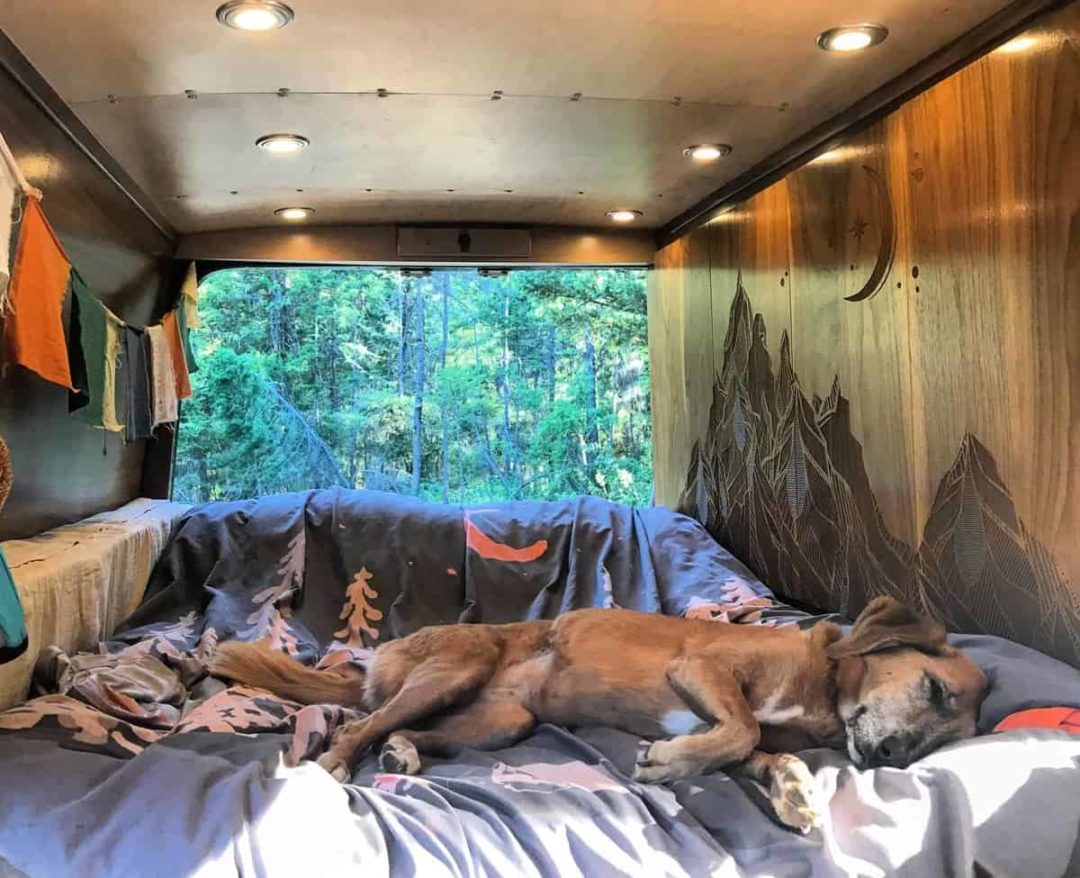
Safety dance
When you’re traveling with your furry friend, you have to take their needs into account. Sometimes that means you aren’t going to be able to do everything you want to do.
“I really want to take Bella to Arizona. That will be a trip I have to plan in the winter, though, because I know she can’t handle the heat,” Kelly said.
Leaving your pet in a hot car is one of the most dangerous situations you can put it in. If you absolutely must leave them in the car for an errand or bathroom stop, keep it extremely quick. Remember to park in the shade, make sure the car has adequate airflow, and ensure your pet has plenty of water.
For example, Kelly always carries a seven-gallon jug of fresh water, as well as plenty of extra dog food—just in case.

A friend of mine sometimes leaves his dog in the car with the engine running and a large sign in the window that reads, “I am fine! The A/C is on. I have plenty of water, and my person will be right back. Please don’t break the window!” His dog seems to be happy with this arrangement. However, my friend emphasized that this is just for short errands. Leaving your pet in an idling car for hours can be dangerous as well.
Keeping your pet safe also means doing some research about the areas you intend to visit.
“Know your potential pet dangers,” Kelly says. “What animals are in the area? For example, are there venomous snakes, bears, moose, porcupines, etc. just off the road? What poisonous plants could your dog encounter? What are the weather conditions? Landscape (i.e. cliffs, roaring rivers, etc.) is another concern.”
Most of these things aren’t deal-breakers for bringing a pet on your road trip. That said, you should be prepared, observant, and constantly willing to adjust the length of your pet’s leash to match the situation at hand.
KEEPING YOUR PET SAFE ALSO MEANS DOING SOME RESEARCH ABOUT THE AREAS YOU INTEND TO VISIT
If you’re going to be in a place for a little while, you should research the best vets and 24-hour animals hospitals nearby. The last thing you want to be doing is frantically Googling when your pet is having a serious medical issue.
Kelly also always carries a first-aid kit that can accommodate both human and dog needs. She recommends you do the same, especially if your pet requires any specific medication. Moreover, it would be wise for you to consider taking a pet first-aid class, too.
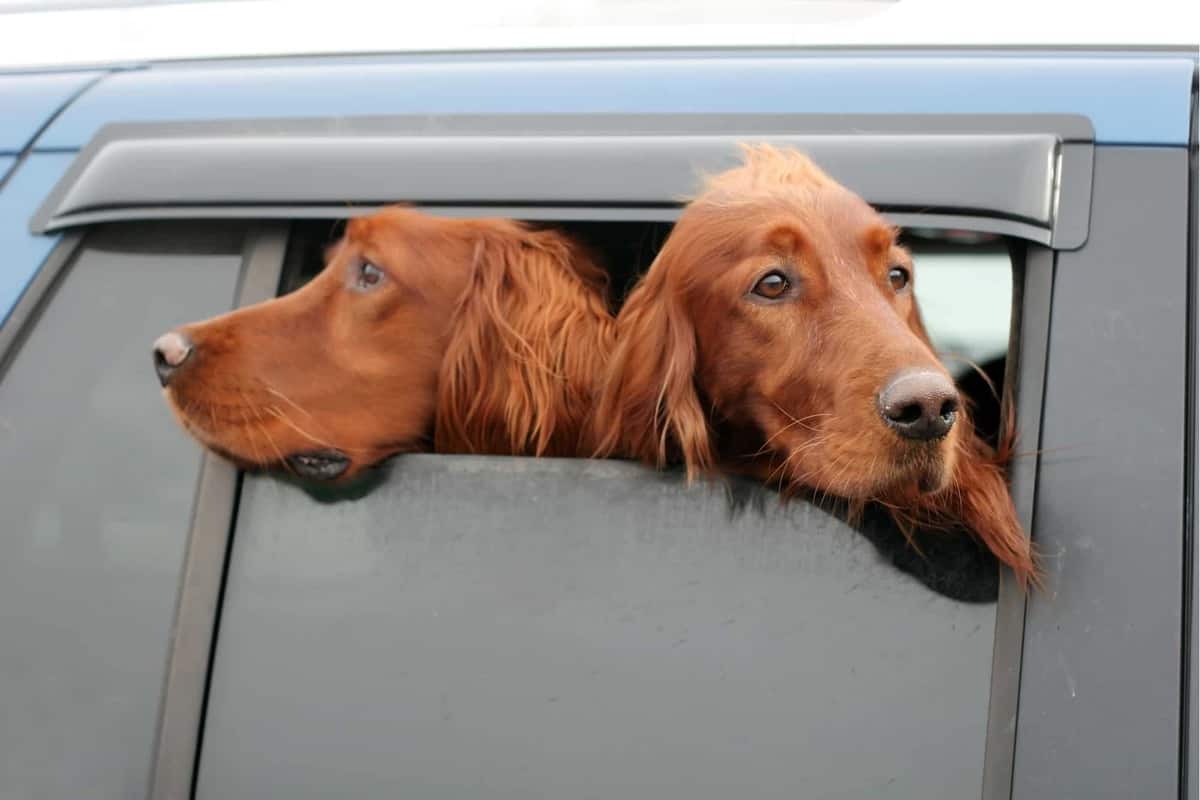
Apps to the rescue
Unless you’ve been living under a rock, you will not be shocked to learn that there are thousands of pet-focused apps on the various app marketplaces. While some of them are incredibly useful, others are absolute junk. Here are five from the former category, as recommended by dog-travel expert Kelly Panton.
Pet First Aid App by the American Red Cross (iOS and Android)
Frankly, Pet First Aid App is an absolute must-have for anybody with a pet, whether you travel or not. The app is easy to navigate and is full of information that could save your pet’s life. It helps you diagnose what the problem may be and gives you step-by-step, easy to follow actions. It can also help you get emergency help if you need it.
PetCoach (iOS and Android)
PetCoach puts you in touch with real, licensed vets, 24 hours a day, seven days a week—for free. With PetCoach, you can reach out if you need advice about a medical problem, training, and even diet. It can also help connect you with a good vet in your area.
Rover (iOS and Android)
Sometimes, you’ve gotta leave your dog. Maybe there’s a tough hike you’ve wanted to try, maybe you’ve got to fly home for an emergency, or maybe you just want to go to a fancy restaurant for the evening. Rover has an extensive database of background-checked dog walkers and sitters. You can search based on what you need and by dog type, pay securely through your app, and even get photo updates.
And there’s even Twindog (iOS and Android), which is, sigh… Tinder for dogs. You can’t make this stuff up, people. Like the dating app it’s based on, you set a profile for your dog and then swipe on other dogs in the area. If your dogs match then, heyo, they’ve got a doggy-date. It sounds a bit weird, but if you’re out there on the road and your pooch seems to need another dog to run around with for an afternoon it could actually be a great solution.
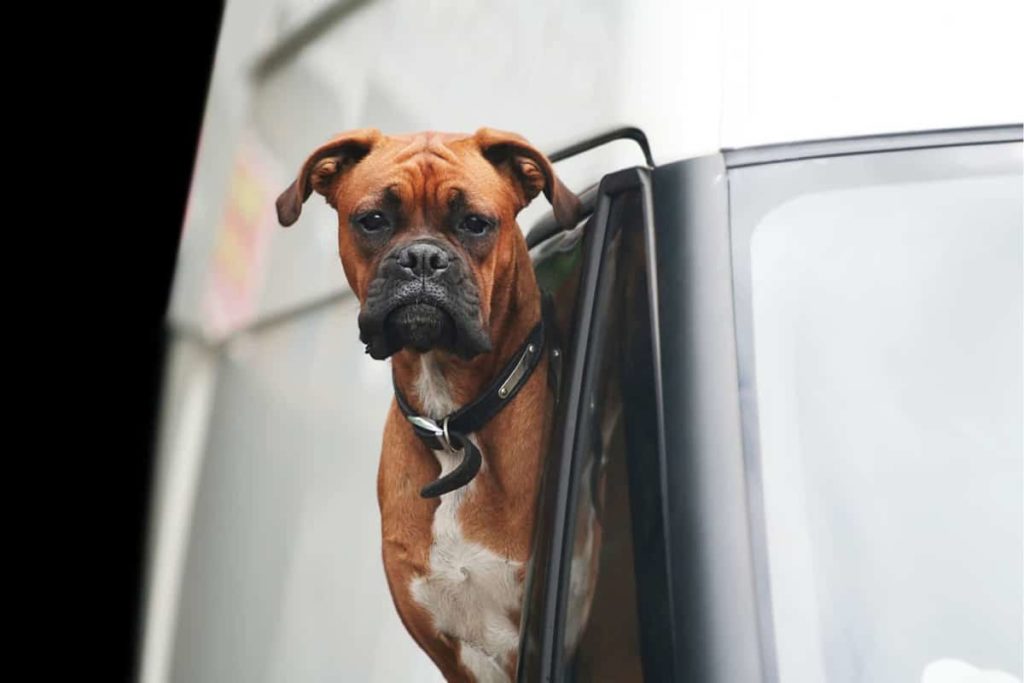
Cleaning
“Good luck with this one!” That’s what virtually every dog-owner I spoke to said about dealing with the issue of pet hair getting absolutely everywhere. Every single one of them advocated getting a bunch of old blankets and/or towels and putting them on pretty much anything and everything your pet may lay its paws or furry body on. It’s a lot easier to shake out a blanket (or throw it in the wash) than it is to get hair out of your car’s upholstery.
That said, while I am admittedly not a pet owner, I’ve lived and traveled in a van for three years now, and I’ve been using the Black+Decker Max Lithium Flex Vacuum. It’s a powerful handheld vacuum with a long-lasting battery, and it has a detachable, flexible hose, which is extremely rare for small vacuums like that, and I say it’s borderline mandatory for vehicle life. It lets you get into all those hard-to-reach nooks and crannies and yes, it even has an attachment for pet hair. I heart this vacuum.

Do your research
“Sometimes [traveling with your pet] means you can’t go visit a park that you wanted to visit. Sometimes it means you can only eat outside on a patio, if you’re eating out at a restaurant,” Kelly said. “I typically spend hours researching an area to make sure I know all the pet-friendly areas. This includes potential camping areas, hiking trails, parks, and restaurants—if I plan on eating out.”
Pet-friendliness is not a given—even in parks. For example, a couple of friends of mine once planned a big trip to a ton of State Parks. Upon arrival, they discovered they couldn’t enter several of the parks with their dog. Understandably, this ruined some of their plans.
Many National Parks are fine with you dog, though they may require that they be kept on a short leash, in developed areas, or in your tent or campsite. Each park is different so it pays to do your homework.

